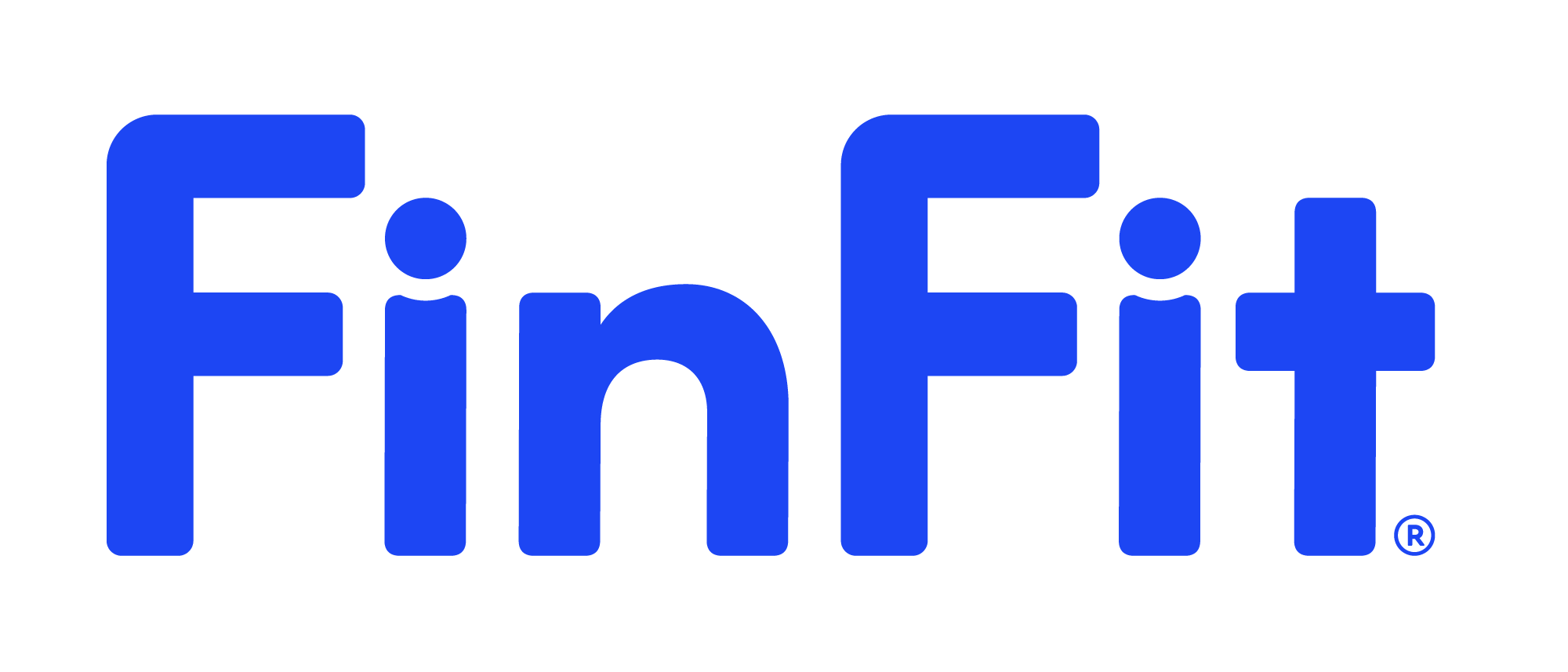Stop increasing your debt
Freeze your credit card, give it to your partner or even your parents, lock it in a drawer – whatever it takes to ensure that you’re not still adding to your total debt amount. You’re going to keep treading water if you’re still adding to your debt while also trying to pay it off.
Determine where you are
Let’s drill down a bit into what to do if you have multiple debts. Having debts from different sources can feel overwhelming, but the impact of some debt is more serious than others. Write out all your debts: who do you owe, how much do you owe, what’s the minimum monthly payment and what’s the APR (Annual Percentage Rate) that you’re being charged?
Firstly, you need to make sure you’re repaying at least the minimum on all of your debts; otherwise, you’ll get late fees and negative marks on your credit score. If you don’t think you can make the minimum payments on all debts, even after budgeting and cutting costs. Prioritize those debts with the most serious consequences, such as losing your home, criminal consequences, or the highest fees.
Pick a repayment method
There are two approaches that often get talked about when repaying debt – snowball or avalanche.
The Snowball Method
The Snowball Method centers on creating momentum and motivation. With the list of debts that you’ve now written out, pay the minimum amount on every debt besides the smallest one.
For the smallest debt, try to put as much extra money as possible towards it. Once you pay off the smallest debt, roll up what you were paying on that one and put it into the next largest debt. And so on, and so on until you’re all finished!
The Avalanche Method
The Avalanche Method focuses on paying off the most expensive debt first. With this method, pay the minimum payment on all debts. Then throw as much money as you can at the highest interest debt and once you have that paid off, move to the next one.
Debt consolidation
If you have multiple debts, especially at higher interest rates, you could save money and time by consolidating your debt. This is where you take a bunch of high-interest debt and roll it into one new loan with one lower-interest payment.
A FinFit salary-linked loan could help you lower your existing debt repayments into one, more manageable repayment – see if you’re eligible here.
How to pick the best strategy for you
There isn’t a one-size-fits-all strategy, and picking the right option depends on many factors. Debt consolidation can make things simpler by giving you only one payment to focus on. It can free up money – to help with any other expenses you might have or to even further speed up your debt pay-off by making extra repayments.
The Avalanche Method saves you money, because you’re paying for the most expensive debt, however, the benefit of the Snowball Method is that you can start crossing some debts off sooner, and that can be really motivating.
Which one is best for you depends on what will keep you motivated. The most important thing is that you commit to paying off the debt and putting in as much extra money as possible to help boost your repayment timeline.
Help is available
If you are struggling, speak to your lender early. They’re usually willing to try and help you manage your debt and work out a more affordable repayment plan.
 Learn
Learn